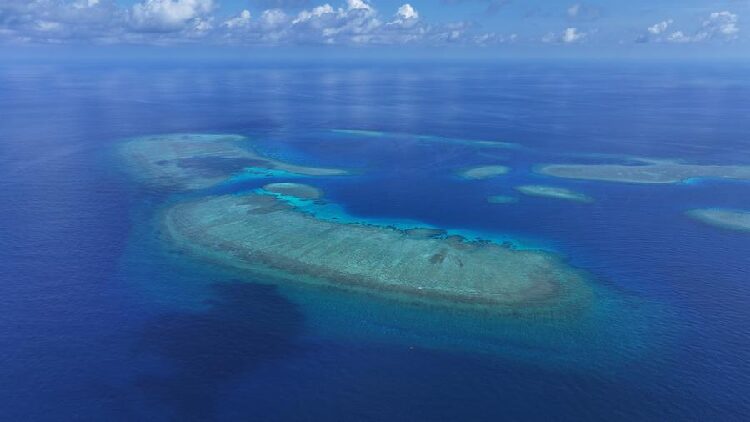Hey there! Have you ever wondered how ships and planes travel across the seas and skies between countries? 🌏 Let’s dive into a story about the Philippines and China, who are currently having a disagreement over some important sea areas in the South China Sea.
The New Laws in the Philippines 📜
Recently, the President of the Philippines signed two new laws: the Philippine Archipelagic Sea Lanes Act and the Philippine Maritime Zones Act. These laws talk about where ships and planes can go when they pass through the waters around the Philippines and how the Philippines defines its sea areas.
Why Is There a Disagreement? 🤔
China believes that these new laws might not follow international rules, like the United Nations Convention on the Law of the Sea (UNCLOS). UNCLOS is like a big rulebook that many countries follow to decide how to use the world’s oceans fairly.
According to China, the sea lanes (paths for ships) set by the Philippines don’t include all the normal routes that ships usually use. This could make it harder for ships from other countries to travel freely, which is something UNCLOS tries to prevent.
Islands and Reefs 🏝
The Philippines’ new laws also talk about certain islands and reefs in the South China Sea. China says that some of these places, like Huangyan Dao and parts of the Nansha Qundao, actually belong to them.
This disagreement isn’t just about maps—it’s about fishing areas, natural resources, and who gets to use which parts of the sea. Both countries want to make sure their fishermen and ships can operate safely and legally.
Why Does This Matter? 🌊
The ocean is a big place, but it’s important for countries to agree on who can use which parts to avoid conflicts. When countries disagree, it can lead to tensions that affect not just them but also other nations that trade or travel through those waters.
What Happens Next? 🚢
China has said it will keep protecting its rights in the South China Sea. Both countries might continue to talk about this issue to find a peaceful solution. It’s a reminder of how countries need to work together and follow international laws to keep our world’s oceans safe and open for everyone!
The Big Picture 🌐
Understanding these kinds of disagreements helps us learn how countries interact and why international laws are important. It also shows us the value of diplomacy—where countries discuss and solve problems together.
So next time you look at a globe or map, think about all the interesting ways countries connect over land and sea. Who knows, maybe one day you’ll help make decisions that keep our world peaceful! 😊
Reference(s):
Philippine domestic maritime 'acts' violate international law
cgtn.com




